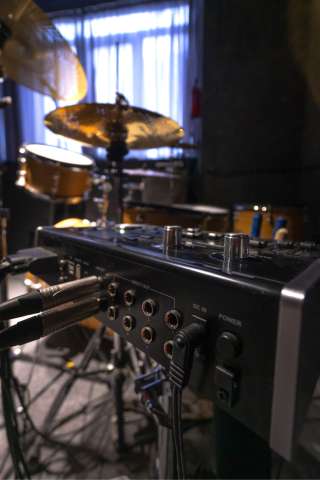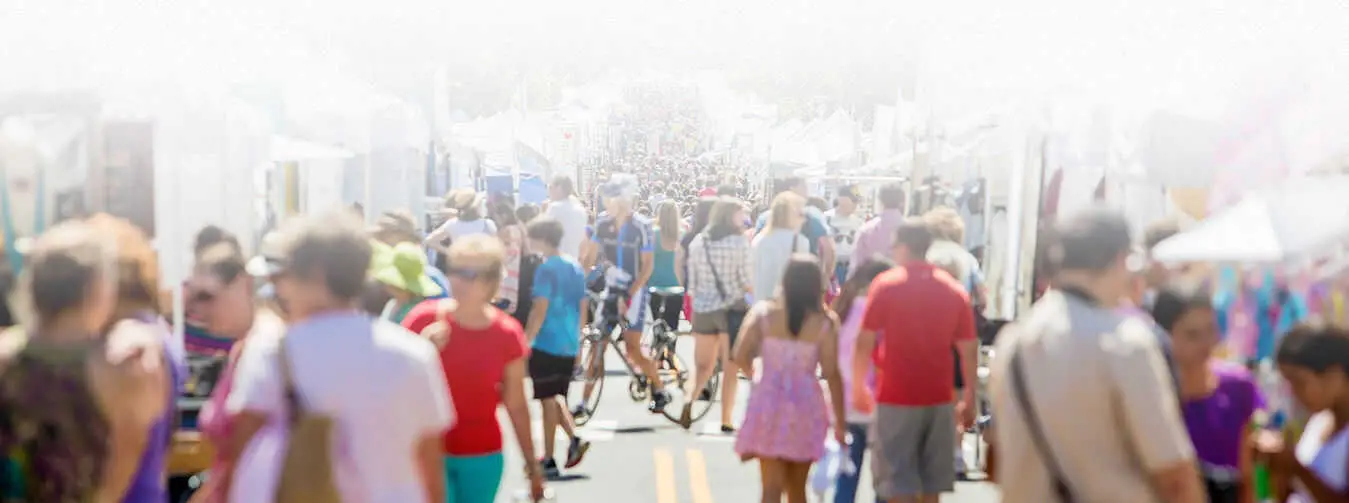Musicians understand that moving musical equipment safely from one venue to another is no small feat. If you're a solo artist, part of a band, or getting booked at music festivals, ensuring your instruments and gear arrive in perfect condition is essential. With the right tips and preparation, you can protect your valuable equipment from damage and make transportation stress-free.
Prioritize Safety: Moving Musical Equipment Safely Begins With the Right Gear
The first step in moving musical equipment safely is selecting the right transportation gear. Professional-grade cases and padded covers are a must for each instrument, no matter how durable they might seem. Hard cases provide the best protection, especially for larger items like drum kits, amplifiers, or keyboards. These cases help absorb the shock of road travel and prevent scratches, dents, or internal damage. For delicate instruments like violins or guitars, padded interiors with secure straps are vital to minimize movement during transportation.
Investing in straps, dollies, and proper padding is also wise to make moving bulky equipment easier and safer. Appropriate gear isn’t just about protecting the instruments and ensuring the process is safe for those handling the equipment. It can be essential when overcoming musical frustration during busy schedules or high-pressure performances.
Use the Right Packing Techniques
Packing musical equipment for transportation requires more than loading them into a vehicle. Taking the time to pack properly can prevent disaster. Each piece of equipment should be carefully wrapped, especially if it has delicate components. For instance, drum sets can be assembled and packed in specific compartments to prevent movement. Similarly, speakers should be packed with padding and positioned upright to avoid internal damage.
For those transporting a large amount of equipment, consider labeling each case. That helps with organization, making setting up at the next venue easier. A well-organized packing strategy ensures that everything gets to its destination safely.
Choose the Right Transportation Method
The way you transport your gear is equally important. Musicians often choose between personal vehicles, rental vans, or professional transportation services. A personal car might seem convenient, but renting a large van for your equipment ensures plenty of space to secure your items properly. Hiring a professional moving service may be worth considering if you travel long distances or touring. They specialize in moving fragile items like musical instruments.
If you plan to transport your equipment frequently, looking for vans with features that make the loading and unloading process easier, such as ramps and climate control, is essential.
Climate Control is Vital for Instrument Safety
Musical instruments are sensitive to changes in temperature and humidity. Extreme temperatures can cause wood to warp, strings to lose tension, or metal parts to rust. For this reason, it's essential to avoid exposing your equipment to environments that may damage them.
If possible, choose transportation with climate control, especially if you're moving your equipment over long distances or through varying weather conditions. In addition, don't store them in the garage while not in use, as garages typically lack the necessary climate control to protect your instruments from moisture, humidity, or pest infestation. In turn, keeping your musical equipment in a stable environment will preserve its quality and ensure it stays in great shape for all your performances.
Secure Your Equipment in Transit
When loading your equipment into a vehicle, it’s important to ensure everything is properly secured. Instruments left loose can shift and damage themselves or other equipment. Use bungee cords, straps, or specialized racks to keep everything in place during the trip.
When traveling with other musicians, carefully pack everyone's equipment. Place the heaviest items at the bottom and lighter, more fragile instruments on top to prevent any risk of damage.
Plan for Smooth Setups and Tear-Downs
Moving from show to show requires efficiency in setting up and tearing down equipment. An organized system for packing and unpacking can save time and help you avoid missing pieces of gear.
Label everything when packing up after a show and place it back in its designated case or compartment. That reduces the risk of forgetting important items at the venue or damaging them during the rush of teardown. Additionally, keeping smaller items like cables, microphones, and stands in separate, well-organized cases will save time during setup.
Insurance is Essential
Regardless of how careful you are, accidents can happen. That’s why it's important to insure your musical equipment, especially if it's expensive or difficult to replace. There are insurance policies specifically designed for musicians and their gear, providing peace of mind in case of theft, loss, or damage while on the road.
Rely on Professional Movers for Larger Tours
Hiring professional movers is often the best solution for bigger tours or bands with significant amounts of equipment. They have experience safely moving delicate and heavy items and can also help with packing and organization. Professional movers often have specialized trucks with features like lift gates and climate control, ensuring your gear is transported under the best possible conditions.
Regular Maintenance Keeps Your Equipment in Top Shape
While focusing on safe transportation, it’s easy to forget the importance of regular maintenance. Instruments that are properly maintained are more resilient during transit. Ensure that strings are in good condition, drum heads are intact, and electrical components in amplifiers and keyboards are working correctly. Regular maintenance will help prevent damage during the move, allowing you to safely travel at festivals and ensure your equipment performs well at each show.
Best Practices for Storing Equipment Between Shows
Proper storage is key to maintaining the integrity of your equipment when you're not moving from one venue to another. Avoid damp, dusty, or excessively hot environments, leading to rust, mold, or warping. Keep your instruments in their cases when not in use and store them in temperature-controlled environments whenever possible.
Final Thoughts on Moving Musical Equipment Safely
Whether traveling across town or embarking on a national tour, moving musical equipment safely is vital for every musician. You can reduce the risk of damage by investing in quality cases, using proper packing techniques, securing your gear during transit, and considering climate control. Professional movers can also be a great asset, especially for larger tours. Proper preparation and care ensure your equipment will arrive at each venue ready to perform its best.



